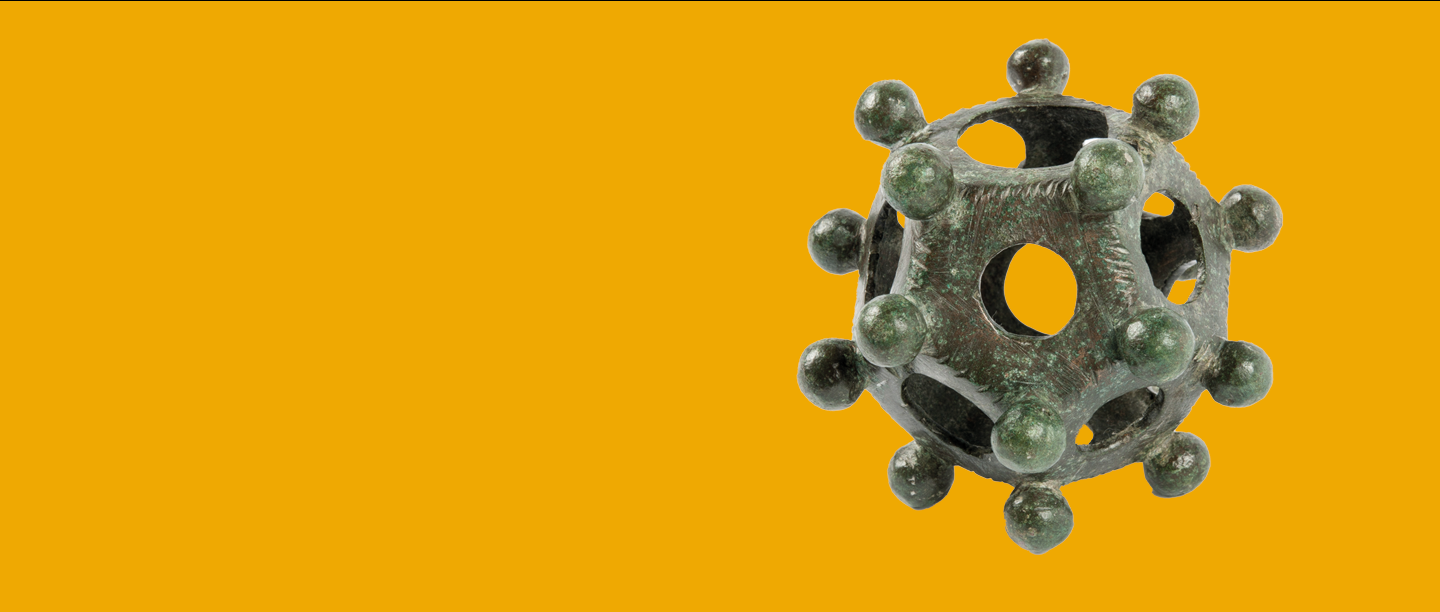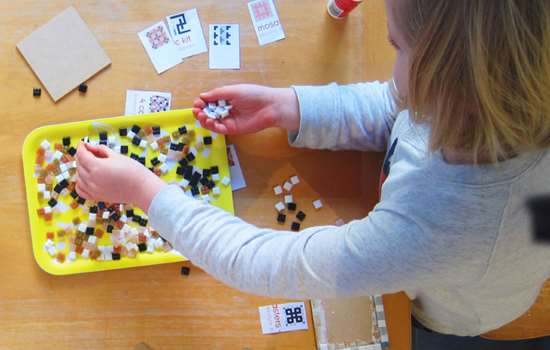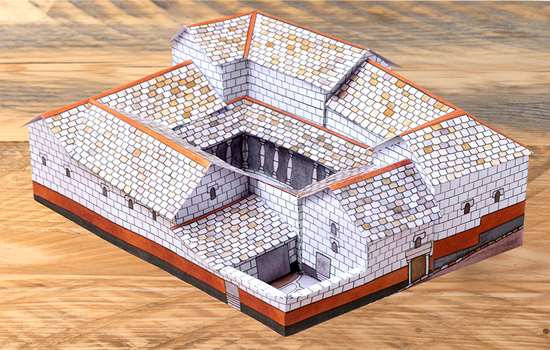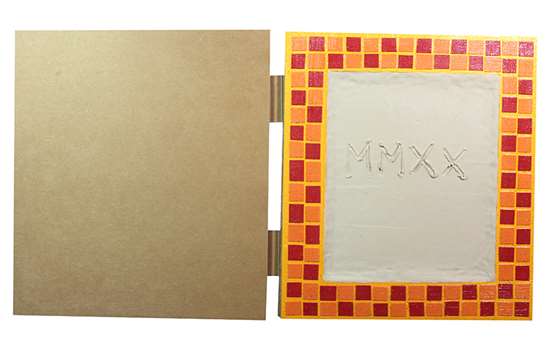What is a dodecahedron?
The word dodecahedron literally means a twelve-sided 3D object. One dodecahedron was found at Corbridge Roman Town on Hadrian's Wall. Fewer than 120 dodecahedrons have been found by archaeologists across the former Roman Empire. These objects all have certain characteristics in common: the 12 sides each have a hole in them, decorative knobs on corners, and they're all made of copper alloy.
The dodecahedrons are complex objects and would have been made by skilled craftsmen. This skill means that they would likely have been expensive to buy.
What do archaeologists think?
Despite the dodecahedrons value, archaeologists still don't know what they were for. There are very few clues to what setting the objects belonged too, as they are not obviously military or civilian, nor do they seem to be religious. However, there are many theories about them.
Some suggest they might have been used to decide when was the best time to sow winter grain. Other theories include them being candle holders, sceptre heads, die, range finders, surveying instruments, child's toys or even knitting implements.
Can you figure out what they were for?
Now it’s up to you to crack the mystery of the dodecahedron! Print out the template below, then cut it out and assemble your own dodecahedron. Once you’ve built your own one, see if you can figure out what the Romans used them for.
Create your own dodecahedron


